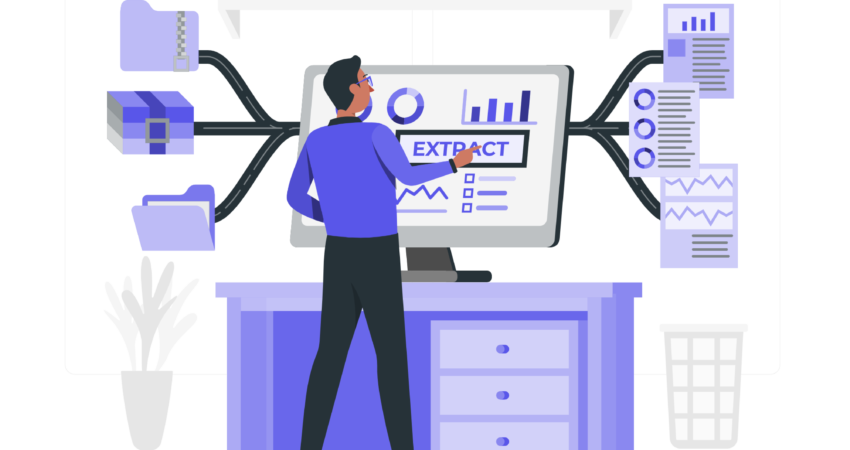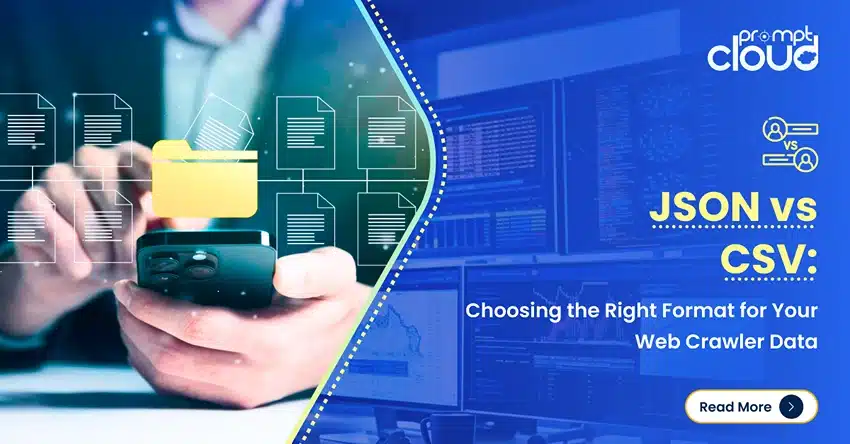
Web data extraction may not have gained the importance it deserves at companies that are new to the big data game. While most companies prioritize data analysis, reporting and visualization as the crucial things to handle, they usually end up allocating a low budget for the web scraping process. In fact, we have had some clients who recognized the importance of web data at a later stage and did not have sufficient budgets. This inadequate budget could turn out to be a bottleneck and sometimes, all you can do is reduce the costs associated with web scraping. Web scraping can actually cost you a lot, especially if you are doing it in house. Here are some of the tips that can help you minimize the cost of web scraping.
1. Use cloud hosting over dedicated server
When it comes to building your web scraping infrastructure, it’s better to go with a public cloud hosting service such as AWS. This option is affordable, unlike dedicated servers, which cost too much to set up, manage and maintain. With cloud services, you are also freed from the tedious tasks such as keeping the software up to date, as it would be the responsibility of your cloud service provider. This way, you are eliminating the need for more labor, which definitely would add to the cost of web scraping.
With cloud services, you are only paying for what you use, which is in contrast with a dedicated server, which will incur various costs irrespective of your usage. Apart from this, using a reputed cloud solution such as AWS will also give you high performance and peace of mind while costing you less than a dedicated server.
2. Effective automation tools
Web scraping itself is a great way to automate the otherwise hectic task of web data extraction. However, web scraping consists of different stages were automation can help make it more seamless, cost effective and effortless. For example, checking the quality of data is bound to be a tedious task if you do it manually and can incur labor cost. However, you can always write a program to automate this quality check which would cut down the workload for the manual QA person.
This program could check for inconsistencies in the data such as field mismatch and validate the data using different pre-set parameters. Say, if the price field doesn’t contain a numerical value, it’s a major issue which needs immediate attention and crawler modification. By using automation, such issues can be easily identified without any manual effort. This would help you save unwanted server usage, labor cost and time. You can consider implementing a logging mechanism across all the stages of the data extraction pipeline, which would alert you whenever there is an anomaly. Our recent post on using Elastalert for monitoring is a good start.
3. Leveraging reusable codes
If you are scraping multiple websites for data, you really should focus on writing codes that can be reused to some extent. Proper documentation is key to making it possible to re-use codes. You would have to tweak the initial crawler setup multiple times to get the setup to properly interact with the target website and start delivering the data the way you need it. On top of this, you will have to modify the crawler as and when the target site makes changes to their design or internal site structure. This situation is inevitable and is one of the biggest challenges in web data extraction.
While there’s no avoiding it, you can make things better by always writing re-usable codes. This way, it’ll be easy modify your crawler setup any number of times without having to start over. This helps save labor cost and development time to a great extent.
4. Automate cloud resource usage
If you are running your crawlers on the cloud, you are paying for the time you have the resources in your possession. Freeing up the resources as and when you don’t need, it can bring down the cost of server usage. This will help you to a great extent if you are looking to minimize the costs associated with web data extraction. You could write programs to monitor your crawl jobs and automatically release server resources when the job is done. Releasing idle machines in an efficient, automated manner will help you cut down on the costs and ensure no resources are being wasted.
Outsourcing can bring down the cost further
Irrespective of how you optimize your web crawling pipeline, it is still going to cost you quite a lot in terms of labor, resources and time. If you are looking to have a smooth experience while acquiring data along with minimum spend, outsourcing the web scraping process to an expert service provider is the way to go. Since dedicated web scraping providers already have a scalable infrastructure, team of skilled programmers and the necessary resources, they would be able to provide you with the data at a much lower cost than what you would incur by doing it on your own.
If you are confused about what path to take, you can check out this blog on evaluating various options for web data extraction.



















